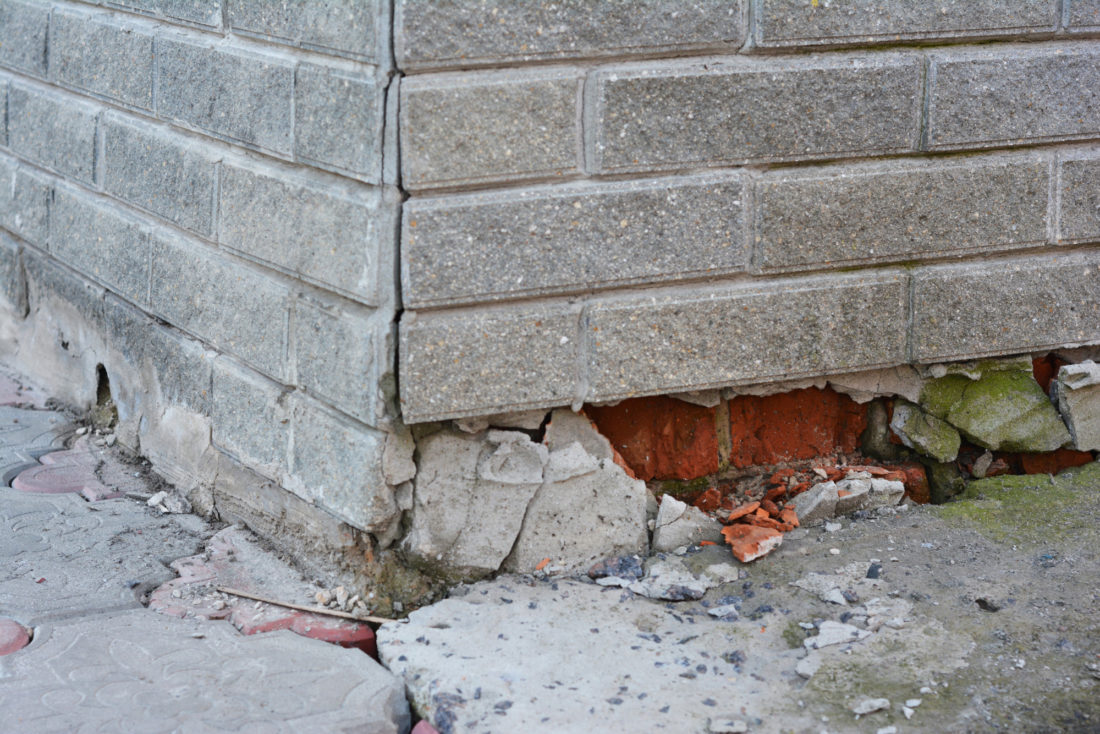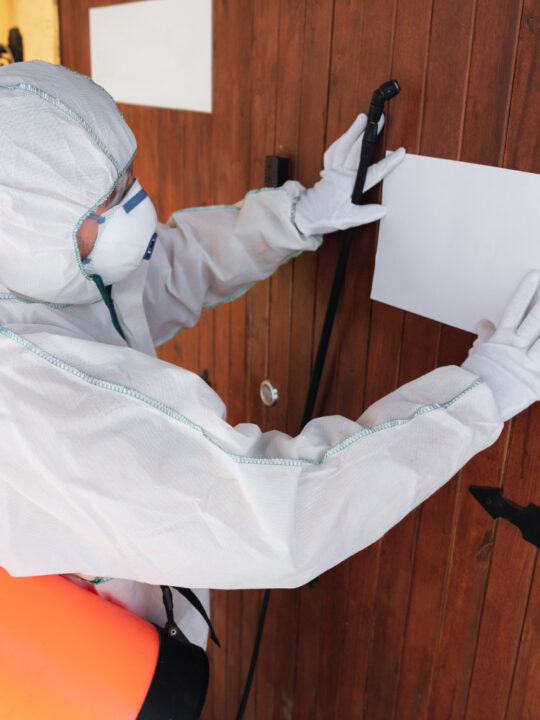 Have you discovered a crack in your foundation?
Have you discovered a crack in your foundation?
Although there are many different causes of foundation cracks, it is only natural to imagine the worst. No-one wants their home collapsing around them! But most cracks are nothing to worry about. But how do you tell?
We are here to help. Read on to learn the main causes of foundation cracks, and when you actually need to worry.
Table of Contents
Types of Foundation Cracks
As basements are nearest the foundational and normally unadorned, it is here that foundation cracks are most noticeable. They most often present on basement floor or walls. These cracks fall into one of three categories:
- Cosmetic cracks that do not need any repair work
- Small cracks that should be monitored for worsening conditions
- Significant cracks that should be repaired immediately.
Cosmetic cracks are the most common type of crack, and will only need to be patched for your peace of mind and to improve the look of your basement. If you are worried a crack may become a problem, be sure to take a picture of it and check it regularly.
Common Cosmetic Cracks
Cosmetic cracks are a common issue, particularly in new builds:
Shrinkage
As it cures and becomes hard, concrete will shrink. A poor-quality concrete mix will make this problem worse. It’s most common to find shrinkage creaks in poured concrete foundations. This is because the amount of uncured concrete is larger.
Their size varies, ranging from a few inches to the span of an entire wall. Often, they will meander in random directions. They can even appear to disappear and reappear further down.
This is due to the nature of the stress put upon the foundation. The concrete has to cover the same area, but will less material than it started with.
Usually, you’d expect to find them in new constructions. They aren’t common in older structures where the concrete has already cured well. They don’t hint towards structural weakness but they are a problem. Shrinkage cracks open the surface up to possible pest and water ingress.
Once the concrete cures, usually these shrinkage cracks will stabilize. If you notice these cracks continue to grow, or your home is not a new-build then take caution. It’s likely that those cracks are not from shrinkage. Make sure you inspect further and don’t leave them to get worse.
Subsoil Settlement
Another cause of foundation cracking is when there in uneven settling of the subsoil. This is most common in new structures. Settlement cracks occur when part of the foundation settles more than another.
These types of crack might appear uniform in their width. Some of them might be wider at the top end though. You’ll see them take either an almost vertical path, or they will stair-step diagonally.
If you have a stone wall, the irregular size and placement of stone have a different effect. The cracks will match this irregular pattern.
Key factors to bear in mind when it comes to settlement cracks include the width of the cracks. You should also consider whether the soil movement has now settled or not. Determine whether the movement of the wall is vertical or if the different parts of the wall are moving apart horizontally.
If you notice that a wide gap is forming, and it continues to grow -call a professional immediately. This could point towards a structural issue which you need to fix before disaster hits.
False Cracks
A common mistake made by homeowners is thinking a cold joint is a crack. Cold joints happen when one mix of concrete begins to harden before another batch gets poured against it.
Cold joints can form when there is a delay between pouring each batch of concrete. This can be anything from a few hours to several months. It’s common for builders to plan where they’re going to put these cold joints on each slab and wall.
Even if they’re planned, it’s important to make sure you weatherproof them. If not, they can allow for water ingress.
In basements, joints might take on the form of a straight, controlled vertical line. In the industry, this is often referred to as a contraction joint. It will run right up from the bottom to the top of the wall.
These joints are there for contraction reasons to control the shrinkage when the concrete hardens. If a crack is going to form, builders want to control where it appears.
You will spot control joints about every 20-30 lineal feet around the perimeter of the walls. They aid in relieving any internal stress on the structure. As with cold joints, they usually don’t hint at a structural issue. But you must make sure you’ve waterproofed them to stop any potential issues with leaking in the future.
Spotting Concerning Cracks
If you find a vertical crack that changes width as it progresses up the wall, then these are signs you need foundation repair. This is especially concerning if the footing is cracked and one side of the crack has shifted downwards. This suggests that one side of the building is settling or even collapsing faster than the other, causing additional building stress.
Gutters often send water to the corners of your home, which can lead to a build-up of water in the soil. If you see vertical cracks without horizontal cracking then this is likely caused by this soil freezing. Improving drainage and moving your downspouts could help to stop future cracking.
Horizontal cracks in areas with no joints point towards an uneven pressure against your foundations and walls. This usually occurs in the lower third of the basement wall. These cracks are always a concern.
Don’t Needlessly Stress Over Foundation Cracks
As you can see, foundation cracks are a common sight for homeowners, particularly if you have a new home. Be sure to investigate any cracks to try and determine the root cause. Although most cracks are no issue, if you do have a serious issue, the sooner it is fixed the better.
If you found this article useful, be sure to check out our other blog posts.







